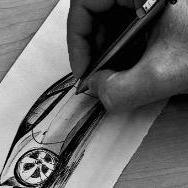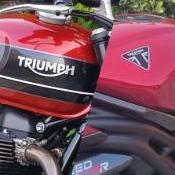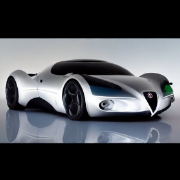Morgan EVA Concept (Foto Ufficiali)
-
Contenuti simili
-
- 9 risposte
- 1469 visite
-
- 43 risposte
- 4613 visite
-
Citroen C5 Aircross Concept 2024 1 2 3 4 5
Pubblicato da j,
- citroen c5 aircross
- c5
- (e 7 altri in più)
- 42 risposte
- 4820 visite
-
-
-

.thumb.jpg.d20c5008a881490f9c7f843d442a34f8.jpg)






.thumb.jpg.902d2a4f20a129e92b6f6920407b81bd.jpg)
.thumb.jpg.46228d717c405acd43b45b79fddce6a4.jpg)















Messaggi Raccomandati:
Crea un account o accedi per lasciare un commento
Devi essere iscritto per commentare e visualizzare le sezioni protette!
Crea un account
Iscriviti nella nostra community. È facile!
Registra un nuovo accountAccedi
Sei già registrato? Accedi qui.
Accedi Ora